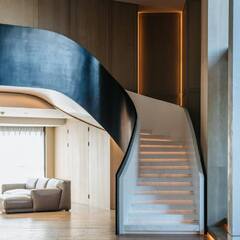10k speaker system- ideas? (Yes, USD!)
Go to solution
Solved by geo3,
11 hours ago, Brok3n But who cares? said:Even while they had knowledge of my intentions to tranition to a dedicated listening room (iirc).
Actually I don't think I caught that bit. If that's the case, go hog wild. But I will also echo what Derkoli said earlier: You should expect to trade out gear, and experiment a bit a bit until you land on something that works for you.
-
Featured Topics
-
Topics
-
2
-
0
-
Darkmobius5 ·
Posted in Troubleshooting0 -
JCLVossler ·
Posted in Graphics Cards6 -
gobb_ ·
Posted in Troubleshooting2 -
Fireord36 ·
Posted in Peripherals3 -
kosturko92 ·
Posted in Troubleshooting2 -
Glovesss0 ·
Posted in Troubleshooting4 -
3
-
8
-



















Create an account or sign in to comment
You need to be a member in order to leave a comment
Create an account
Sign up for a new account in our community. It's easy!
Register a new accountSign in
Already have an account? Sign in here.
Sign In Now